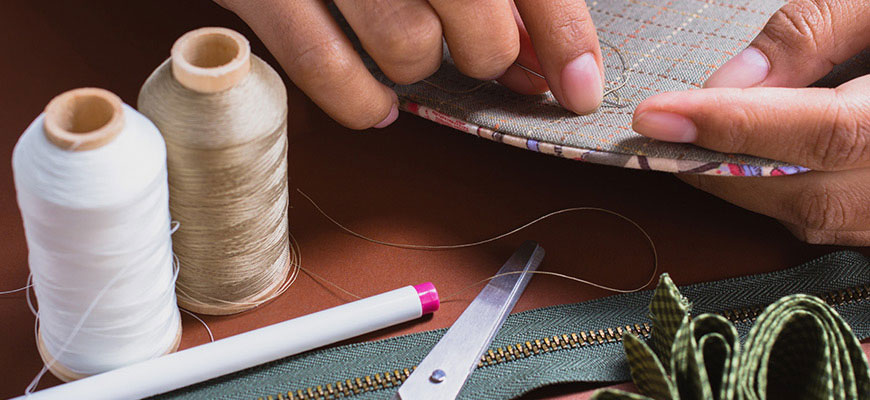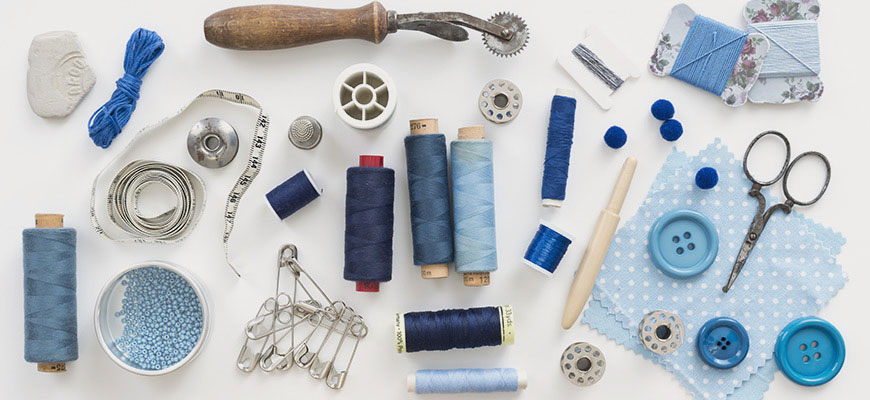Welcome to WordPress. This is your first post. Edit or delete it, then start writing!
Donec faucibus ullamcorper pulvinar. Duis quis tempus varius, sapien urna pretium libero, nec mollis eros dolor eget velit. Nulla ornare ut nisi sodales consequat. Phasellus eu tellus eget massa ultrices rhoncus. Quam massa, tincidunt semper sapien. Posuere eleifend dolor. Vivamus purus ligula, venenatis nec elit at, tempus bibendum ipsum. Proin sed vehicula lectus. Curabitur augue diam, tincidunt venenatis lacinia, vulputate at lectus. Morbi aliquet scelerisque nibh, eu porta mauris pretium sed. Proin accumsan nisi id lorem consectetur, sit amet auctor elit accumsan. Suspendisse eget purus eget odio tincidunt porttitor ac id ante. Vestibulum felis dui, blandit in sem ullamcorper, viverra tincidunt lectus. Curabitur risus purus, dictum at justo eu, sagittis iaculis nisi. In pretium ut velit nec tincidunt. Cum sociis natoque penatibus et magnis dis parturient montes, nascetur ridiculus mus. Fusce vel porttitor ante. Praesent auctor, quam non pellentesque eleifend, ipsum felis pharetra urna, pellentesque tincidunt ipsum dolor.
Aside post format. Donec faucibus ullamcorper pulvinar. Duis quis tempus varius, sapien urna pretium libero, nec mollis eros dolor eget velit. Nulla ornare ut nisi sodales consequat. Phasellus eu tellus eget massa ultrices rhoncus. Quam massa, tincidunt semper sapien. Posuere eleifend dolor. Vivamus purus ligula, venenatis nec elit at, tempus bibendum ipsum. Proin sed vehicula lectus. Curabitur augue diam, tincidunt venenatis lacinia, vulputate at lectus.
Read More
It is important to remember that most tailors learned and perfected their craft long before the advent of the internet. A tailor working in a shop in southern Italy would not often have the chance to see the work of other tailors, particularly those from other parts of the world. Regional characteristics were fairly common because most tailors operated in a sort of stylistic bubble; remember how Domenico Caraceni, often called the father of Italian tailoring, studied the King of England’s castoffs, not to copy exactly but to learn from them and to adapt whatever techniques he found useful. The Asola Lucida, or Milanaise buttonhole are obvious examples of a regional detail. There are very strong resemblances in the interiors (and lapels) of the best Parisian tailors. The curved barchetta breast pocket is another. Jet planes made travel easier, though tailors weren’t necessarily the first to be flying around the globe for inspiration or education. The internet changed all that.
Customers are now comparing notes on internet fora, tailors are posting images of their work, and more and more are getting technical. We are sharing and learning from each other. It may well have been that the tailor in question was never very well trained in pocket making or finishing, but had discovered a secret sauce, the perfect combination of cloth, canvas, cutting and other components which made for a fluid, supremely comfortable suit. Maybe this tailor’s popularity began to grow, aided in part by the internet, and he gradually began to up his game. I can think of at least one other notable cutter whose work has improved immensely over the last years of his career, no doubt in part due to his exposure to other people’s work.
The thing is, though, one either needs a more experienced person to point out your failings, and with some luck add a bit of advice on how to correct them, or a great deal of self-awareness and curiosity is required, the kind that causes one to explore the work of others, things that inspire, which perhaps serve to illustrate what one can do a little better…
The hard part of the latter option is figuring out exactly how to do it better. It is comparatively easy to spot something wrong, but often very difficult to figure out how to do it right, if you don’t have someone to show you, especially in the tailoring world which tends to be a bit dogmatic about the “correct” way of doing things. It’s hard to challenge your own notions of the “right” way of doing things, especially when those techniques are working for you, but the only way to grow in a craft is to constantly be asking yourself “what if I am wrong about this?”. “What if I did the complete opposite of what I think I know to be right- what would happen then?”



